How to Maintain Your Pet’s Coat in Different Seasons
Maintaining your pet’s coat is crucial for their overall health and well-being. Just as humans adapt their wardrobes to changing seasons, pets require tailored grooming routines throughout the year to keep their coats healthy, clean, and free of mats and tangles. This guide offers valuable insights on how to maintain your pet’s coat in different seasons, ensuring your furry friend looks their best no matter the weather.
Understanding Your Pet’s Coat
The Importance of Coat Care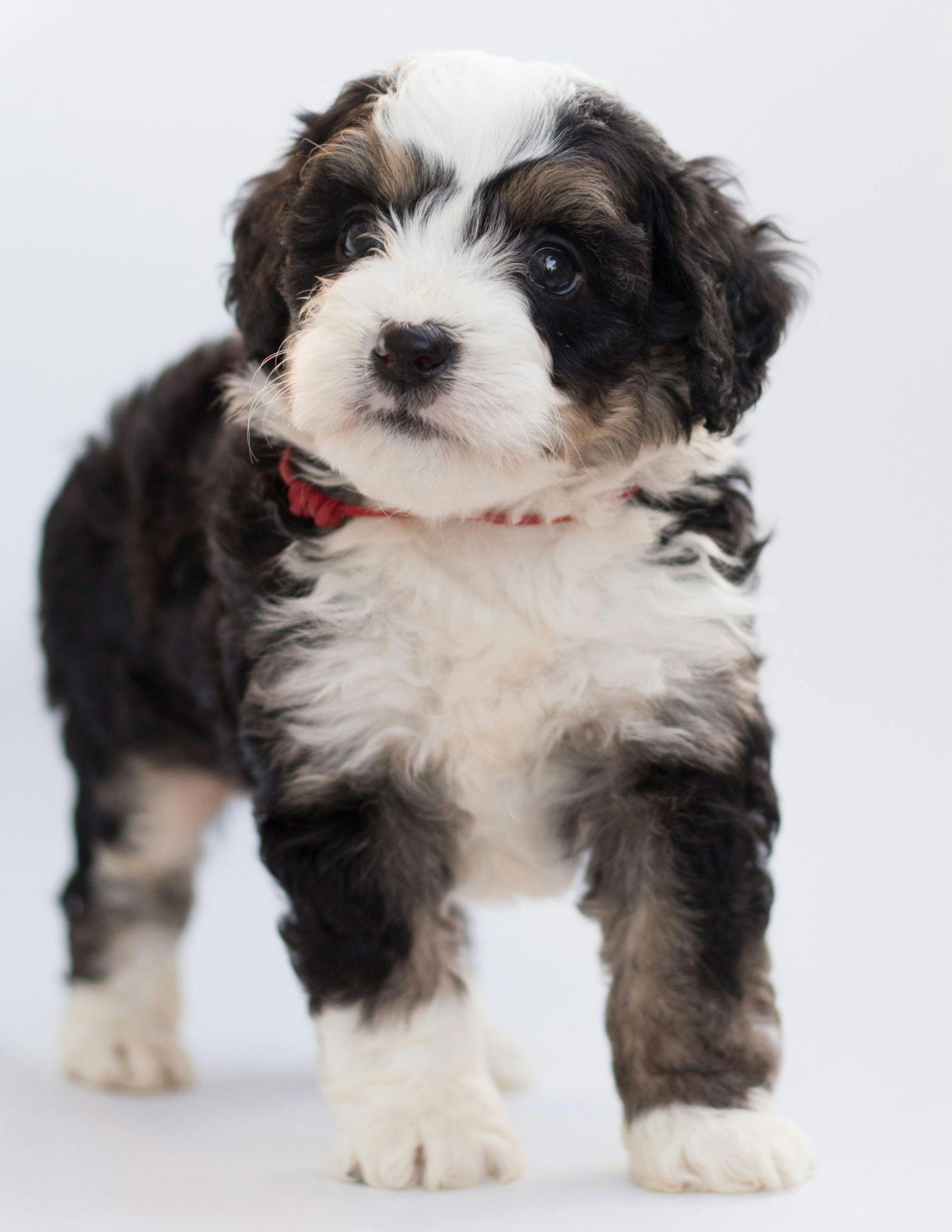
A pet’s coat serves several essential functions: it protects their skin from environmental factors, regulates body temperature, and acts as a barrier against pests. Understanding your pet’s coat type is the first step in providing the appropriate care. Common coat types include:
- Short-haired: Breeds like Beagles and Boxers require minimal grooming.
- Long-haired: Breeds such as Shih Tzus and Golden Retrievers need regular brushing to prevent mats.
- Curly-haired: Poodles and Bichon Frises possess curly coats that demand specialized grooming.
Recognizing Seasonal Changes
As the seasons shift, so do the needs of your pet’s coat. Weather, humidity, and exposure to the elements all affect coat health. Recognizing these seasonal impacts will help you adapt your grooming routine effectively.
How to Maintain Your Pet’s Coat in Different Seasons
Spring: Shedding Season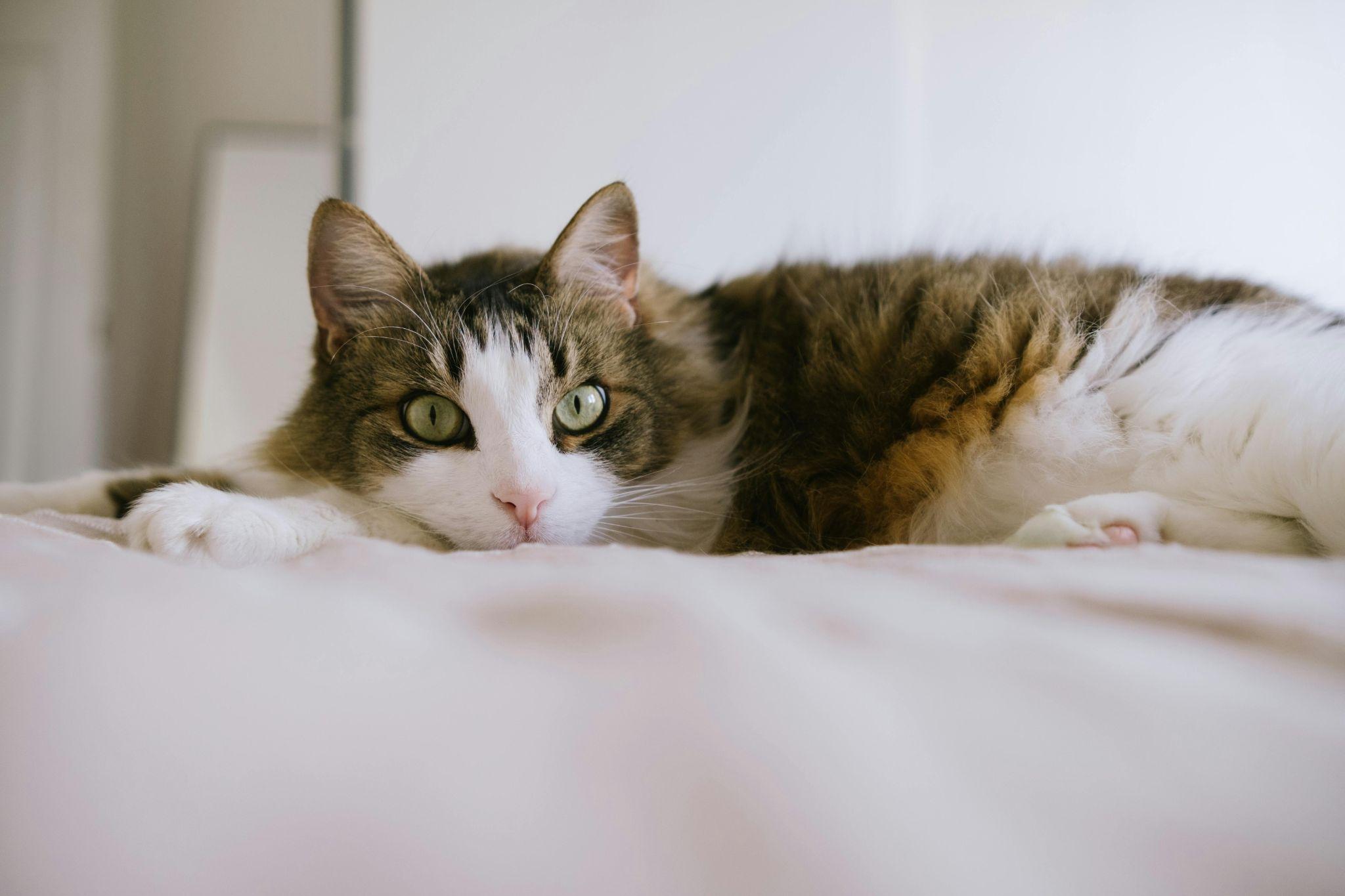
As temperatures rise, many pets experience increased shedding, a natural process as they transition from their winter coats. https://truepetslove.com/product/petlibro-automatic-cat-feeder/
Grooming Tips for Spring
- Regular Brushing:
- Brush your pet at least two to three times a week.
- Utilize a de-shedding tool to effectively remove loose fur.
- Bathing:
- Bathe your pet with a mild shampoo to help eliminate dead hair.
- Rinse thoroughly to prevent skin irritation.
- Flea Prevention:
- Apply flea and tick prevention methods, as these pests become more active in warmer months.
Summer: Keeping Cool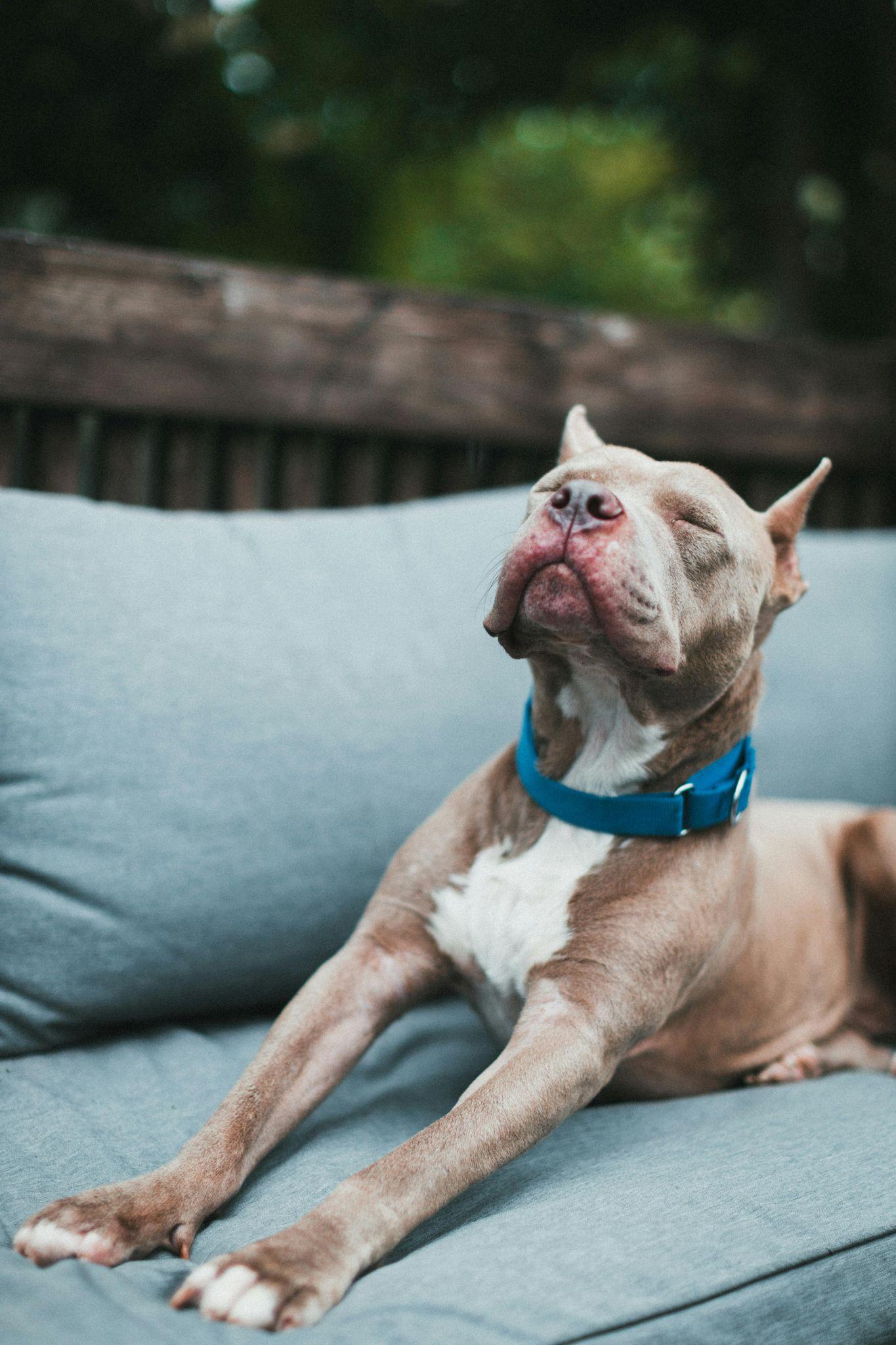
During the hot summer months, your pet may struggle with heat, particularly if they have a thick coat.
Grooming Tips for Summer
- Shorter Haircuts:
- Consider a trim for long-haired breeds to help them stay cool.
- Consult a professional groomer for optimal styles.
- Hydration and Shade:
- Ensure your pet has access to fresh water and shaded areas to cool off.
- Regular Grooming:
- Brush daily to remove tangles and excess hair that can trap heat.
- Inspect for mats, especially in long-haired breeds.
Fall: Preparing for Winter
As temperatures drop, pets begin to grow their winter coats, and shedding may occur again during this transition.
Grooming Tips for Fall
- Increased Brushing:
- Brush your pet at least three times a week to help eliminate loose fur.
- Consider using a slicker brush for better results.
- Moisturizing Treatments:
- Apply pet-safe conditioners to prevent dry skin, which can worsen during colder months.
- Nutrition:
- Ensure your pet’s diet includes omega fatty acids to promote healthy skin and fur.
Winter: Keeping Warm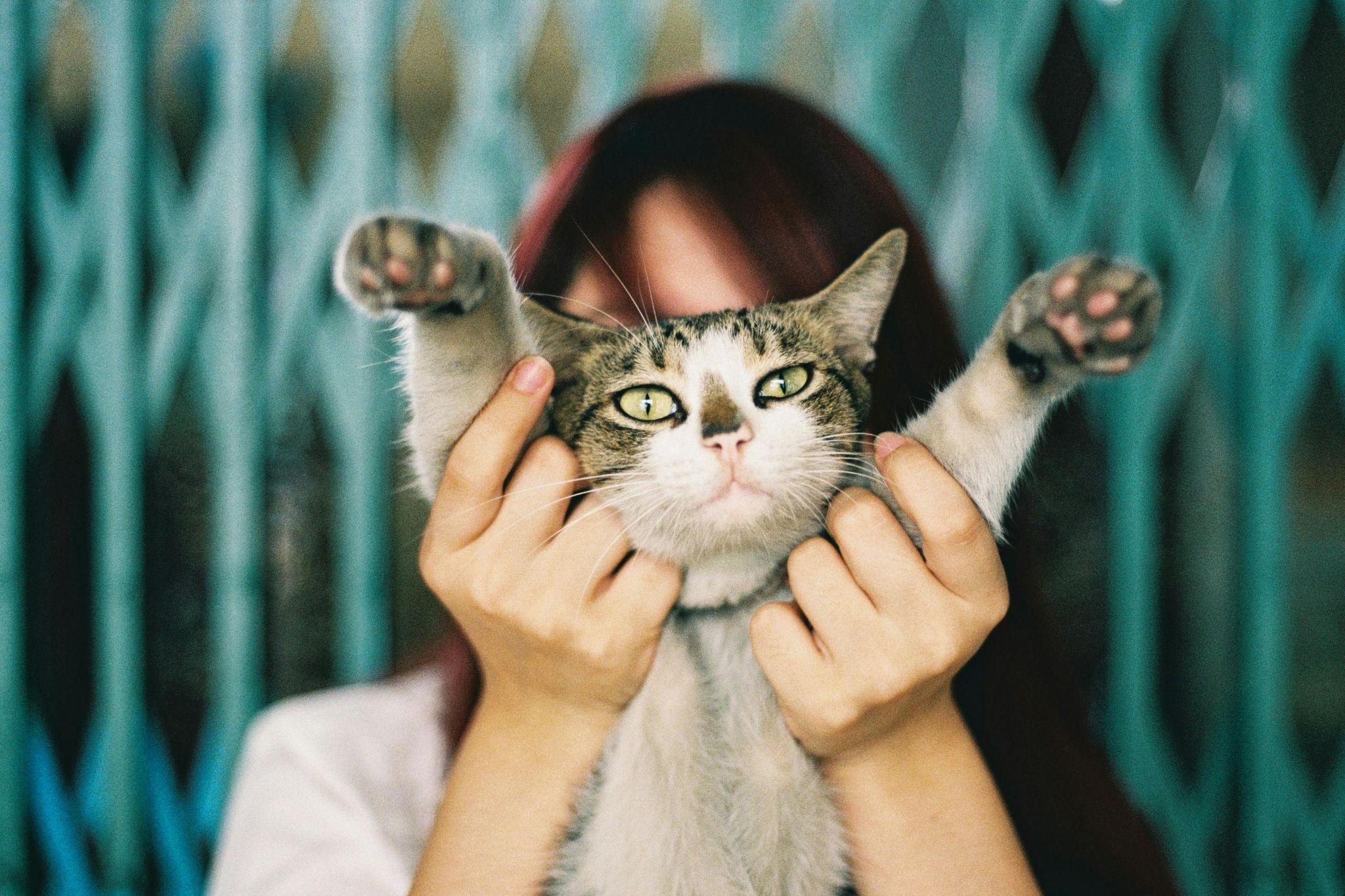
In winter, pets develop thicker coats, yet they still need care to prevent matting and dryness.
Grooming Tips for Winter
- Regular Bathing:
- Bathe your pet less frequently (once every four to six weeks) to retain natural oils.
- Use a moisturizing shampoo to counteract dryness.
- Brushing:
- Brush your pet at least once a week to prevent mats and remove dead hair.
- Pay special attention to areas prone to matting, such as behind the ears and under the legs.
- Protective Gear:
- Invest in a pet coat or sweater for short-haired breeds to keep them warm.
- Avoid walking your pet on salt-covered sidewalks, which can irritate their paws.
Maintaining Pet Coats Year-Round: General Tips
While each season presents unique challenges, some grooming practices are essential year-round. Here are some general tips for maintaining your pet’s coat throughout the year:
Regular Vet Check-ups
- Schedule routine check-ups with your veterinarian to ensure your pet is healthy and free of skin conditions that could affect their coat.
Diet and Nutrition
- Provide a balanced diet rich in essential fatty acids to support coat health. Consult your vet about your pet’s dietary needs.
Bathing Routine
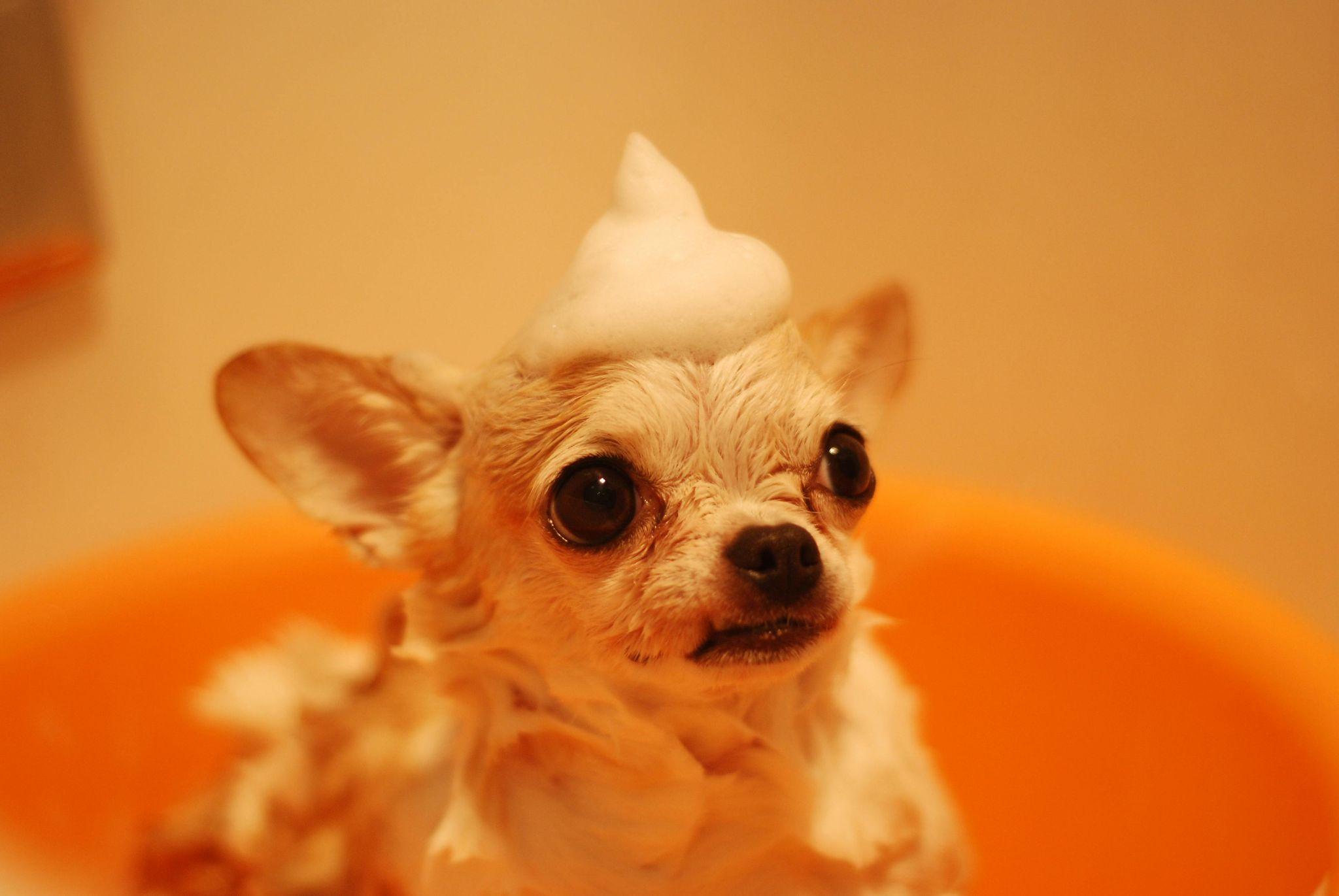
- Establish a bathing routine that suits your pet’s coat type. Overbathing can strip natural oils, while underbathing can lead to dirt and odor.
Hydration
- Ensure your pet has access to clean, fresh water at all times, especially during hot weather.
Grooming Tools https://truepetslove.com/product/oneisall-dog-grooming-kit/
- Invest in quality grooming tools tailored to your pet’s coat type. Essential tools include:
- Brushes: Slicker brushes, de-shedding tools, and bristle brushes.
- Combs: Wide-toothed and fine-toothed combs for detangling.
- Nail Clippers: Keep your pet’s nails trimmed to prevent discomfort.
Professional Grooming
- Depending on your pet’s coat type and your grooming skills, consider professional grooming services, especially for breeds requiring specific cuts.https://truepetslove.com/
Mental and Physical Stimulation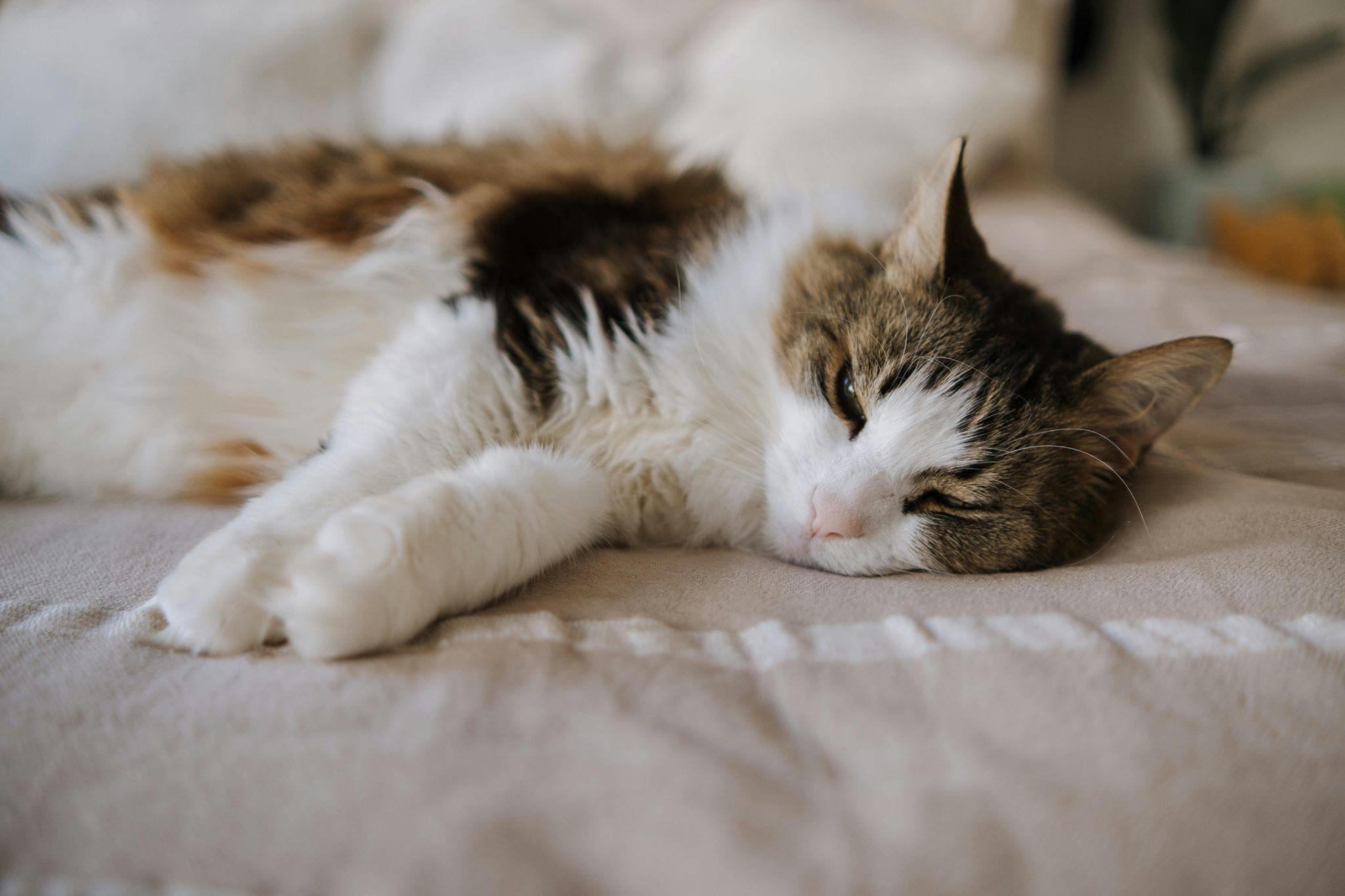
- Keep your pet mentally and physically active. Regular exercise can help prevent behavioral issues that may arise from boredom.
Maintaining your pet’s coat in different seasons is vital for their comfort and health. By implementing the seasonal pet coat care practices discussed in this article, you can ensure your furry friend remains comfortable, healthy, and looking their best all year round. Remember, grooming pets for different seasons is not just about aesthetics; it’s about their overall well-being and happiness. So gear up and pamper your pet with love and attention throughout every season!
